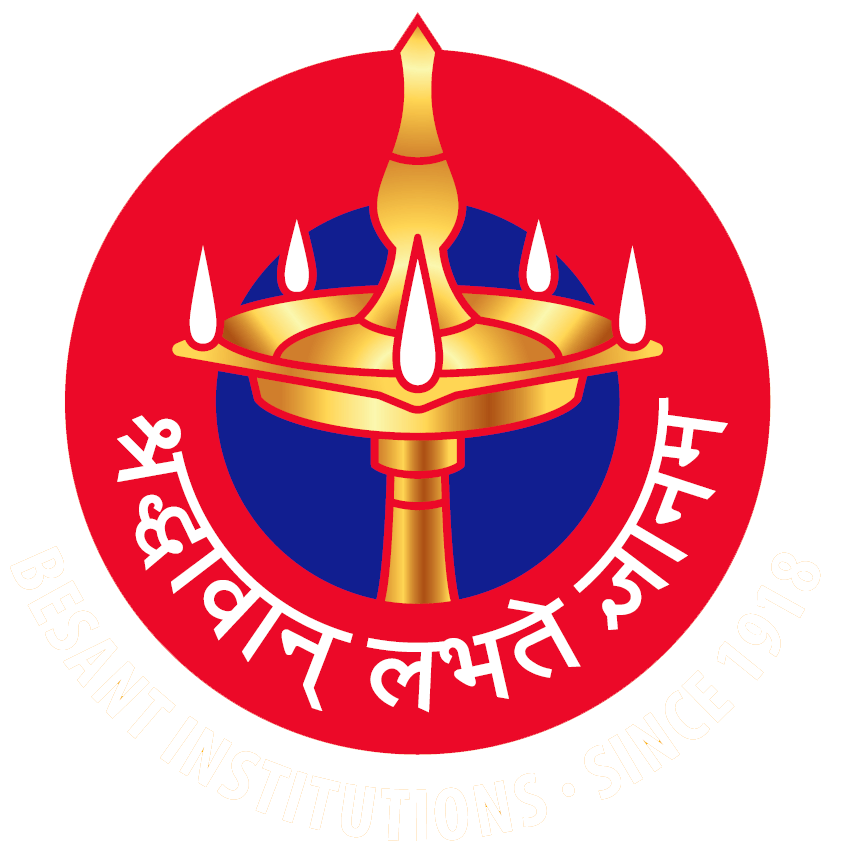Assessment of health parameters in school going children: Dept. of PG studies in FSN
Assessment of health parameters in school going children was done by the students of III semester of Department of P.G. Studies in Food Science and Nutrition. The activity was conducted in Besant Kannada Medium School, Mangaluru.
Target group
Children of age 9-12 years were chosen for the study.
Assessment
The nutritional assessment of the school going children was done by using direct method of assessment that included anthropometric measurement, clinical analysis along with dietary assessment. The anthropometric measurements that were used are:
- Height measurement
- Weight measurement
- Mid upper arm circumference
The clinical analysis was done by identifying and analysing the deficiency symptoms in various parts of the body such as head size, hair, face, skin, eyes, lips, tongue, teeth and gums.
The dietary assessment of the kids was conducted by 24-hour diet recall method where the kids were asked about what they ate on a regular basis. Based on the calculations their nutritional intake was interpreted.
Interpretation
The results obtained after the assessment were statistically analysed. The sample size of 25 was taken for the study. The sample consisted of 12% of 9 years old,36% of 10 years old, 16% of 11 years and 36% of 12 years old children.
The anthropometric measures were used to attain details regarding BMI, height and weight for age, mid upper arm circumference, which stated that 56% of the population were underweight, 32% of them were ideal weight, and 12% were obese.
The clinical examination depicted that very few, about 32% of population showed mild signs like cavities, whereas the majority of the population, about 68% showed no signs which claimed that the population did not suffer from any adverse form of deficiencies.
The dietary assessment revealed that school going kids were unable to meet their daily caloric requirements, as a result of which they were unable to attain the desired weight. The major lacking nutrient in this age group was energy. About 4% of the boys and girls were 100-300 calorie deficient, while 12% of boys and 16% of girls were 400-700 calorie deficient, and about 20% of girls were 800-1100 calorie deficient. So it was found that girls were more malnourished.
Outcome
The study conducted showed that the average nutritional status of the children was due to their average economic status and lack of availability of resources. However, it was found that they are trying to make maximum benefits of services such as ‘food kits’ offered by Public Distribution System (PDS) and their condition might improve gradually.
